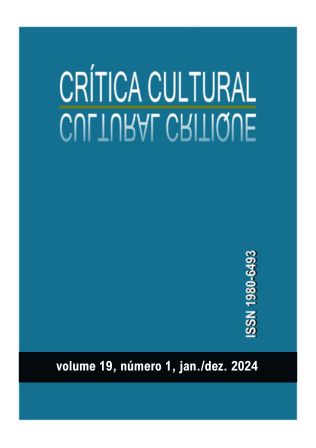PERFORMANCE
DOI:
https://doi.org/10.59306/rcc.v19e12024%25pKeywords:
performance arte, arte contemporânea, comissuraAbstract
Written by Kristine Stiles, an artist and Art History Professor at Duke University, “Performance” originally appeared in 1996 as the sixth chapter of the volume Critical Terms for Art History, edited by Robert S. Nelson and Richard Shiff. The essay’s goal is to theorize the genre that brings the artist as both the subject and object of the artwork. According to Stiles, performance constructs a transpersonal visual aesthetic that functions as an interstitial continuum connecting subjects through mutual identification. That identification spans from agreement to opposition but rarely achieves resolution. Central to Stiles’ interpretation of performance is her concept of commissure, which signifies the dual operations of linkage: 1. Connection, and 2. Entrustment. The author utilizes this concept and traces a brief history of performance art since the early 20th to examine Jim Dine’s work The Smiling Workman (1960). Her discussion includes artists and movements such as Oskar Schlemmer and the Bauhaus, Hermann Nitsch and the OMT, Guy Debord and the Situationist International. Stiles concludes that performance “tells a truth about art” that is based on the processes of making and the emphasis on the human body as the center of art production.
Downloads
Published
Versions
- 2024-09-27 (2)
- 2024-09-25 (1)
Issue
Section
License

Revista Crítica Cultural de http://www.portaldeperiodicos.unisul.br/index.php/Critica_Cultural/index está licenciado com uma Licença Creative Commons - Atribuição 4.0 Internacional.


